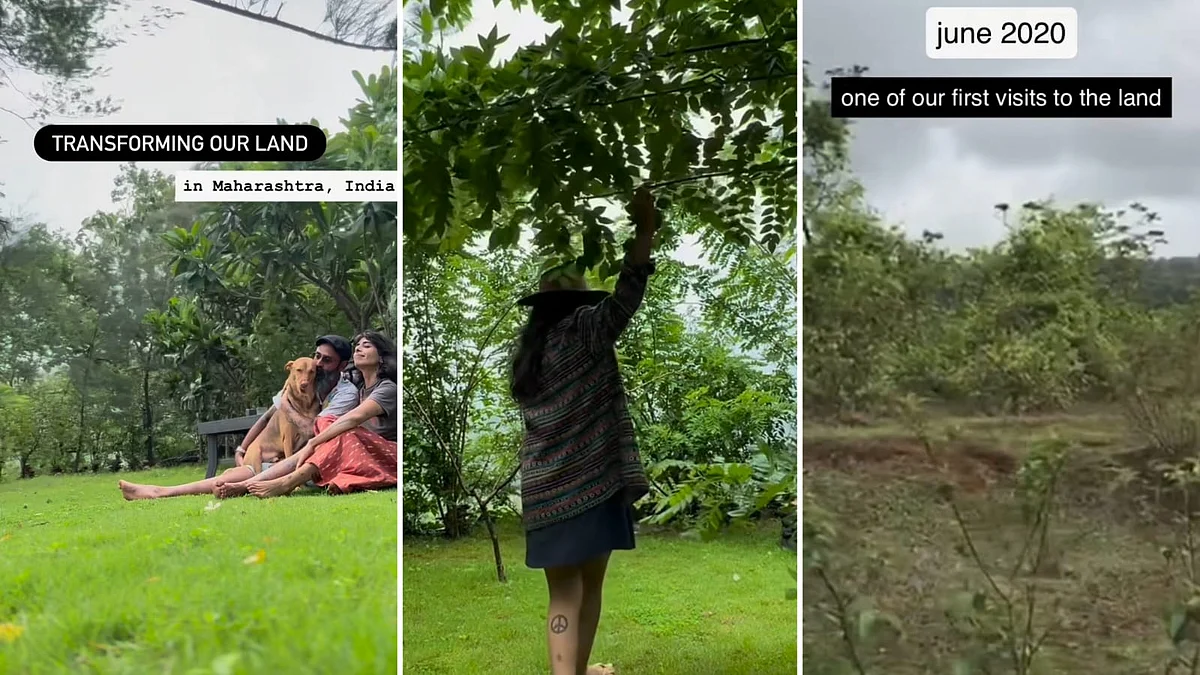Australia's rainforests continue to reveal hidden wonders. A previously unknown giant stick insect has been discovered in the high-altitude forests of Far North Queensland-and scientists believe it could be the heaviest insect ever recorded in Australia. Named Acrophylla alta, this massive insect species was found living over 900 metres above sea level in the misty canopy of the Atherton Tablelands.
The discovery was made by James Cook University Adjunct Professor Angus Emmott and entomologist Ross Coupland. Their search began after they received a photo of a large stick insect that didn’t match any known species. Intrigued, they ventured into the Wet Tropics World Heritage Area, where they eventually found a large female of the species.
The insect’s name, Acrophylla alta, is a nod to its mountaintop habitat (“alta” meaning “high” in Latin). Despite being extremely elusive, two females have been identified so far. One of them, found in a local garden, was weighed before being released — and it tipped the scale at 44 grams. For context, Australia's previously heaviest known insect, the giant burrowing cockroach (Macropanesthia rhinoceros), typically weighs only around 30–35 grams.
What makes the discovery more intriguing is that scientists have yet to find a male. Emmott believes males may be living high in the canopy and are nearly impossible to spot unless brought down by storms or predators. “You could search for years and still not find one,” he said.
The research, now published in the scientific journal Zootaxa, highlights how much remains unknown in Australia’s ancient rainforests. Former Wet Tropics Management Authority chair Professor Peter Valentine emphasized the significance of the find, saying the rainforest canopy is still one of the least-studied parts of these ecosystems.
Conservationists hope that discoveries like this one will strengthen calls to protect these vulnerable habitats. “We may be losing species before we even know they exist,” said Emmott. Understanding where these insects live and how many there are is crucial for developing strategies to preserve them.










